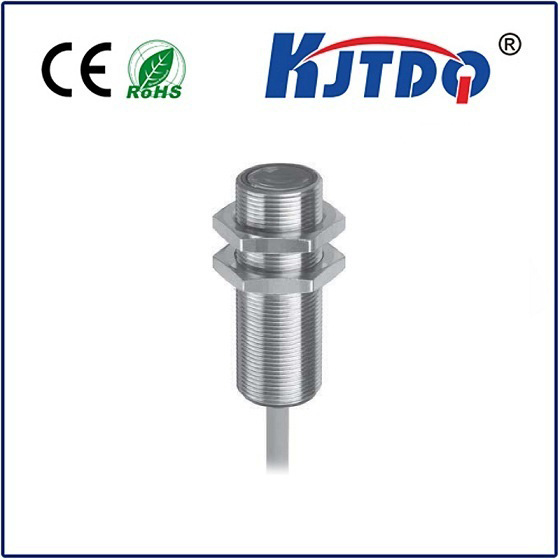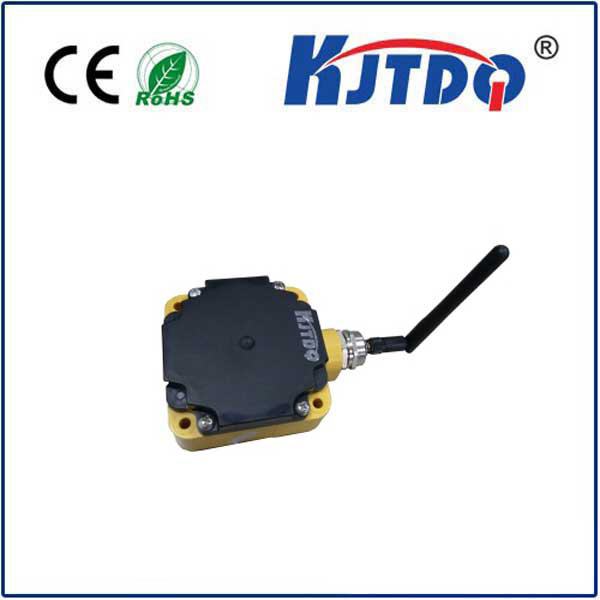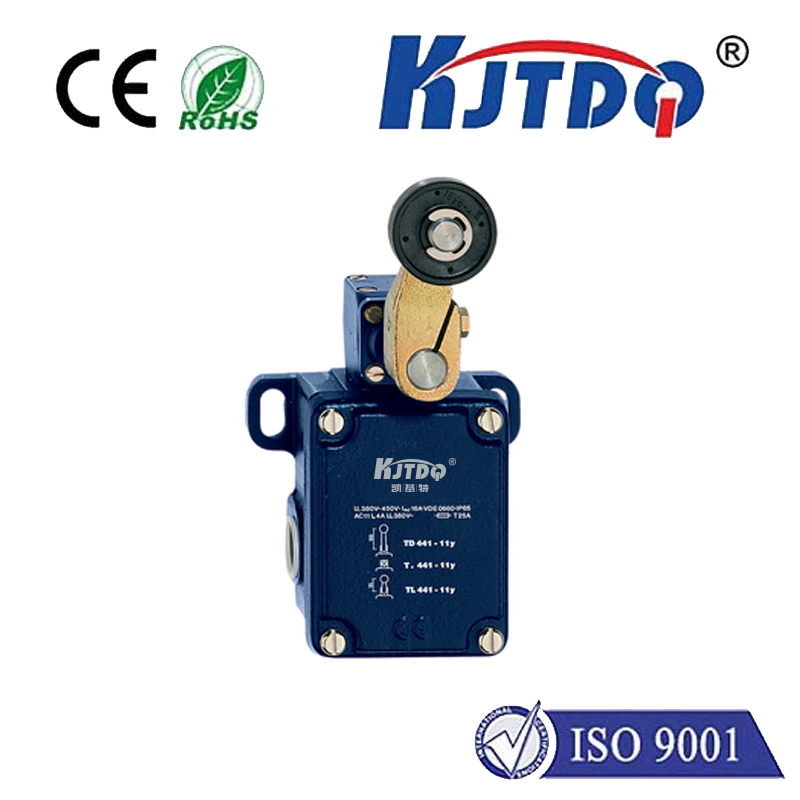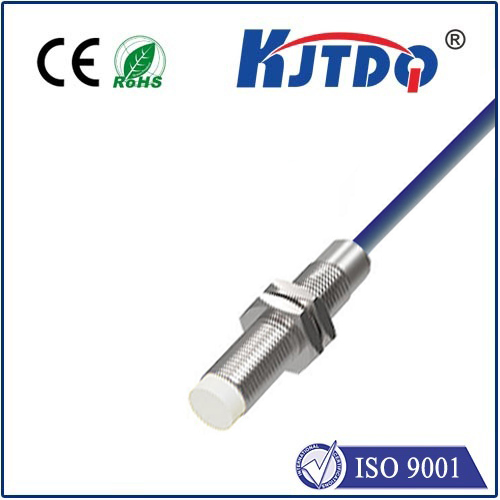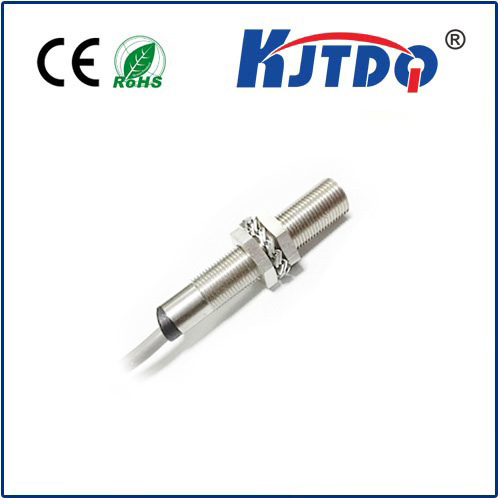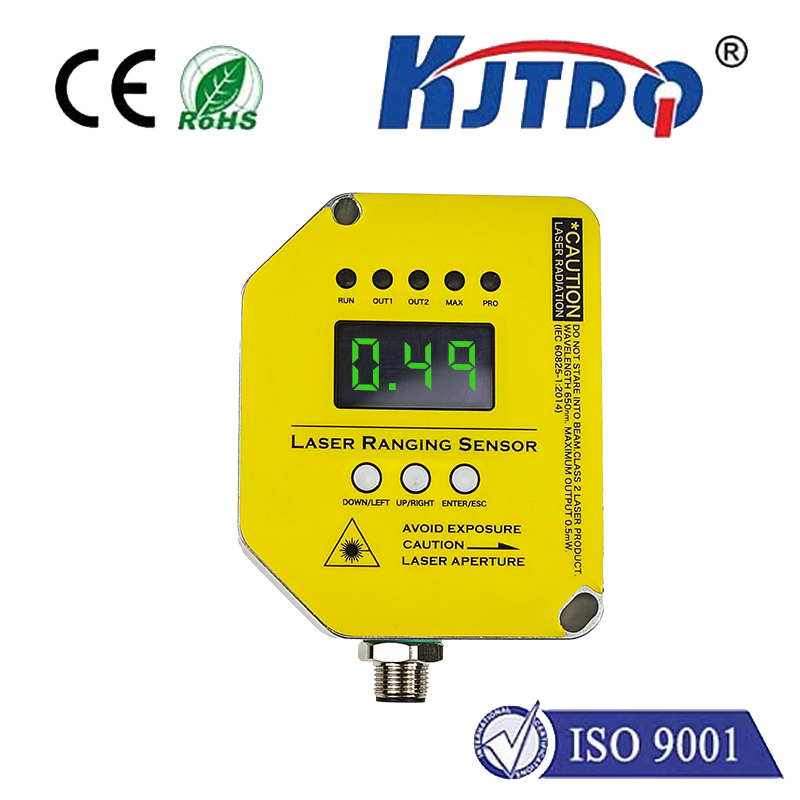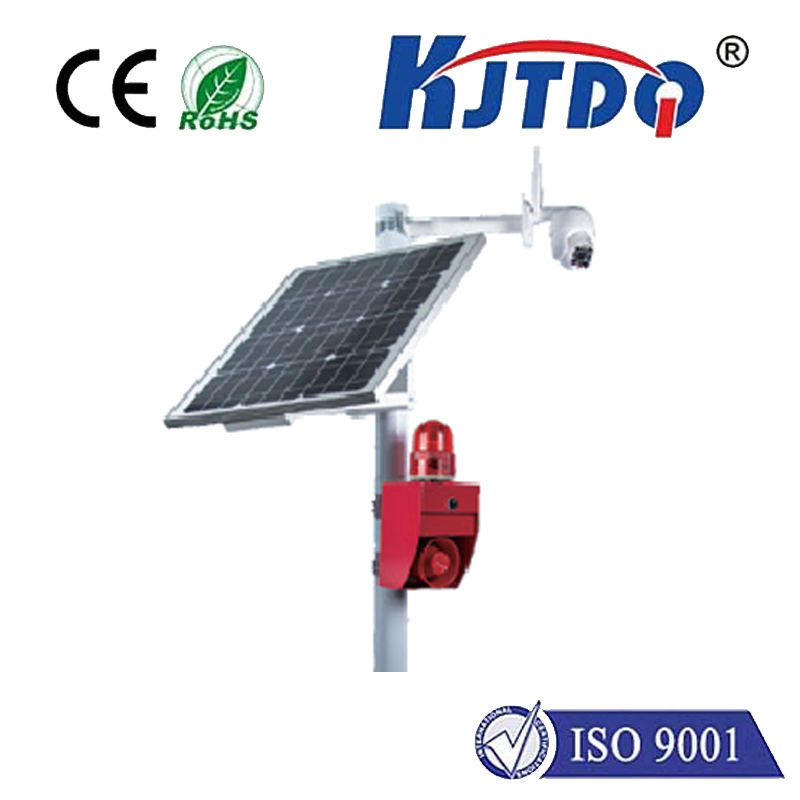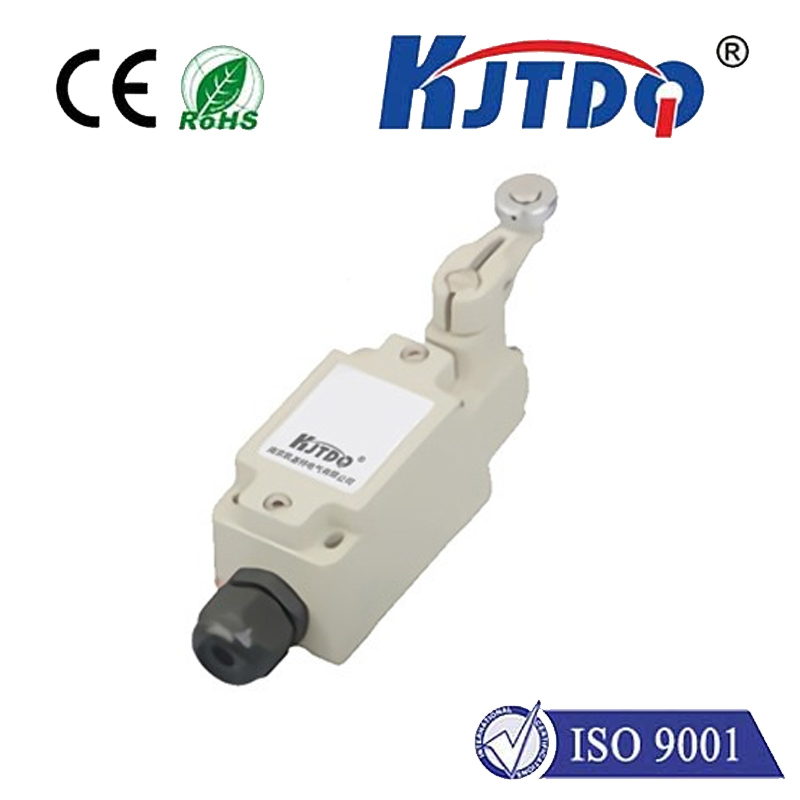
check

check

check

check
The Innovation of Proximity Sensor Limit Switches in Modern Industry In the rapidly evolving world of industrial automation and manufacturing, the integration of advanced technologies has become a pivotal aspect for enhancing efficiency, precision, and safety. One such technological marvel is the “proximity sensor limit switch.” This device, characterized by its ability to detect the presence of an object without making physical contact, has revolutionized the way industries operate. This article delves into the significance, applications, and advantages of proximity sensor limit switches in modern industry.
A proximity sensor limit switch functions as a sensing device that utilizes electromagnetic fields, sound waves, or laser beams to detect objects that are in close proximity to it. Unlike traditional limit switches, which rely on mechanical contact, proximity sensors offer non-contact detection. This characteristic not only minimizes wear and tear but also enhances reliability and longevity under various industrial conditions.

Proximity sensor limit switches have found widespread applications across diverse sectors due to their versatility and robustness. In the automotive industry, they are employed in assembly lines to ensure precise alignment and placement of components. In food processing plants, these sensors help maintain hygiene standards by monitoring levels of ingredients and preventing cross-contamination without physical contact. Additionally, in robotics and conveyor systems, proximity sensors play a crucial role in guiding movements and ensuring accurate positioning.
One of the primary advantages of proximity sensor limit switches is their enhanced durability. Without moving parts, these sensors are less prone to mechanical failure and require minimal maintenance. They offer faster response times and are less susceptible to environmental factors such as dust, humidity, and vibrations. Furthermore, their non-contact nature eliminates the need for frequent replacements and reduces downtime, contributing significantly to cost savings and productivity improvements.
As technology continues to advance, the capabilities of proximity sensor limit switches are expected to expand even further. Integration with Internet of Things (IoT) platforms allows for real-time monitoring and data analysis, enabling predictive maintenance and optimization of industrial processes. Additionally, advancements in artificial intelligence algorithms could lead to more sophisticated sensors capable of learning and adapting to changing environments, thereby enhancing their functionality and efficiency.
The advent of proximity sensor limit switches marks a significant milestone in the realm of industrial automation. By offering contactless detection with improved accuracy and reduced maintenance requirements, these sensors have proven invaluable across myriad applications. As industries continue to embrace innovative solutions for increased efficiency and safety, proximity sensor limit switches are poised to remain at the forefront of technological advancements in this field.
